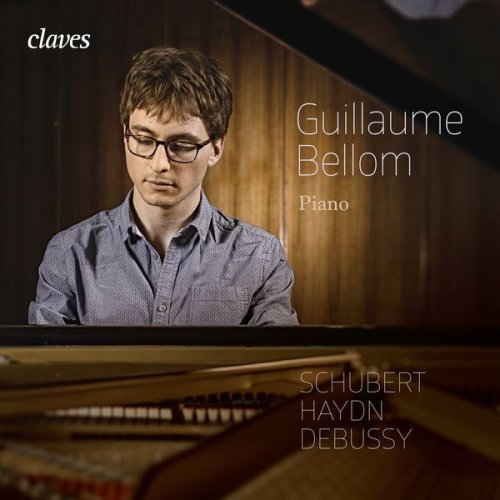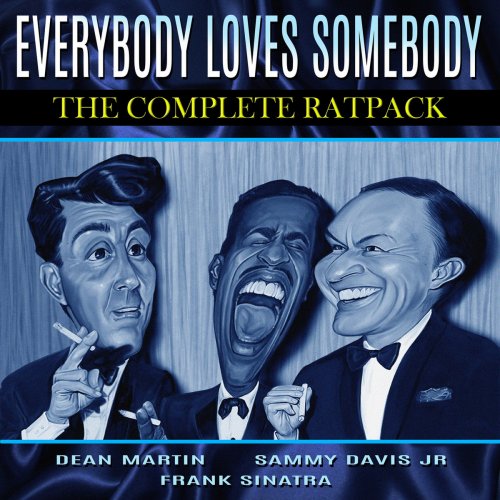Guillaume Bellom - Schubert, Haydn & Debussy: Works for Piano (2017) [Hi-Res]

Artist: Guillaume Bellom, Franz Schubert
Title: Schubert, Haydn & Debussy: Works for Piano
Year Of Release: 2017
Label: Claves Records
Genre: Classical, Piano
Quality: flac lossless / flac 24 bits - 96Khz
Total Time: 01:12:17
Total Size: 236 / 1136 mb
WebSite: Album Preview
TracklistTitle: Schubert, Haydn & Debussy: Works for Piano
Year Of Release: 2017
Label: Claves Records
Genre: Classical, Piano
Quality: flac lossless / flac 24 bits - 96Khz
Total Time: 01:12:17
Total Size: 236 / 1136 mb
WebSite: Album Preview
---------
01. Piano Sonata in G Major, D. 894: I. Molto moderato e cantabile
02. Piano Sonata in G Major, D. 894: II. Andante
03. Piano Sonata in G Major, D. 894: III. Menuetto
04. Piano Sonata in G Major, D. 894: IV. Allegretto
05. Piano Sonata in A-Flat Major, Hob. XVI. 46: I. Allegro moderato
06. Piano Sonata in A-Flat Major, Hob. XVI. 46: II. Adagio
07. Piano Sonata in A-Flat Major, Hob. XVI. 46: III. Finale. Presto
08. Estampes, L. 100: I. Pagodes
09. Estampes, L. 100: II. La soirée dans Grenade
10. Estampes, L. 100: III. Jardins sous la pluie
"When you don't have any money to go on holiday, you must make do by using your imagination," Debussy wrote, and the first two pieces in his triptych Estampes constitute an exotic travelog; the third piece is stay-at-home music, watching the rain. "Estampes" means print or engraving, and these three pieces are musical depictions of particular moments at particular locales. They also represent an interior journey of sorts, a newly personal idiom for Debussy, who is now seemingly unconcerned with the conventions and expectations of the salon and the concert hall.
"Pagodes" (Pagodas) manages to seem still and flowing at the same time. The stillness comes from the score's long pedal point, as well as from the harmonic restriction of the pentatonic scale, which is highly characteristic of Asian music. Despite this stasis, the music ultimately conveys smooth motion, thanks to Debussy's imitation of Javanese gamelan music; it may also be an imitation of the "Laideronette, Empress of the Pagodas" movement from Ravel's Ma mère l'oye. The music hovers mostly at low and medium dynamic levels, rising for only a couple of sonorous climaxes that soon recede into the softly tinkling texture.
"Soirée dans Grenade" takes listeners to Spain, but again the tour guide is Ravel, whose Habañera covers much the same musical territory. Debussy uses the same rhythm -- which, technically, is Cuban rather than Spanish, although the French strongly associated it with the Iberian peninsula. Debussy's dreamy treatment includes rather Moorish material and, except for two brief outbursts four-fifths of the way through, avoids the fast, fiery, flamenco-inspired effects that foreigners associate with Spanish music. Manuel de Falla thought highly enough of this piece to quote from it in his Homage to Debussy.
The final movement, in the great French keyboard tradition, is a toccata, although Debussy gives it a more fanciful title, "Jardins sous la pluie" (Gardens in the Rain). Judging from the movement's rapidity, this is quite a downpour, although there's little evidence of thunder or lightning; the challenge to the player is to maintain a light touch through most of the movement. The piece incorporates fragments of the French nursery songs "Do, do l'enfant do" and "Nous n'irons plus au bois," suggesting a child unable to go out and play but taking great interest in the rain, watching snug behind some window.

![Nicole Zuraitis - Holiday Up EP (2025) [Hi-Res] Nicole Zuraitis - Holiday Up EP (2025) [Hi-Res]](https://www.dibpic.com/uploads/posts/2025-12/1765478937_cover.jpg)






